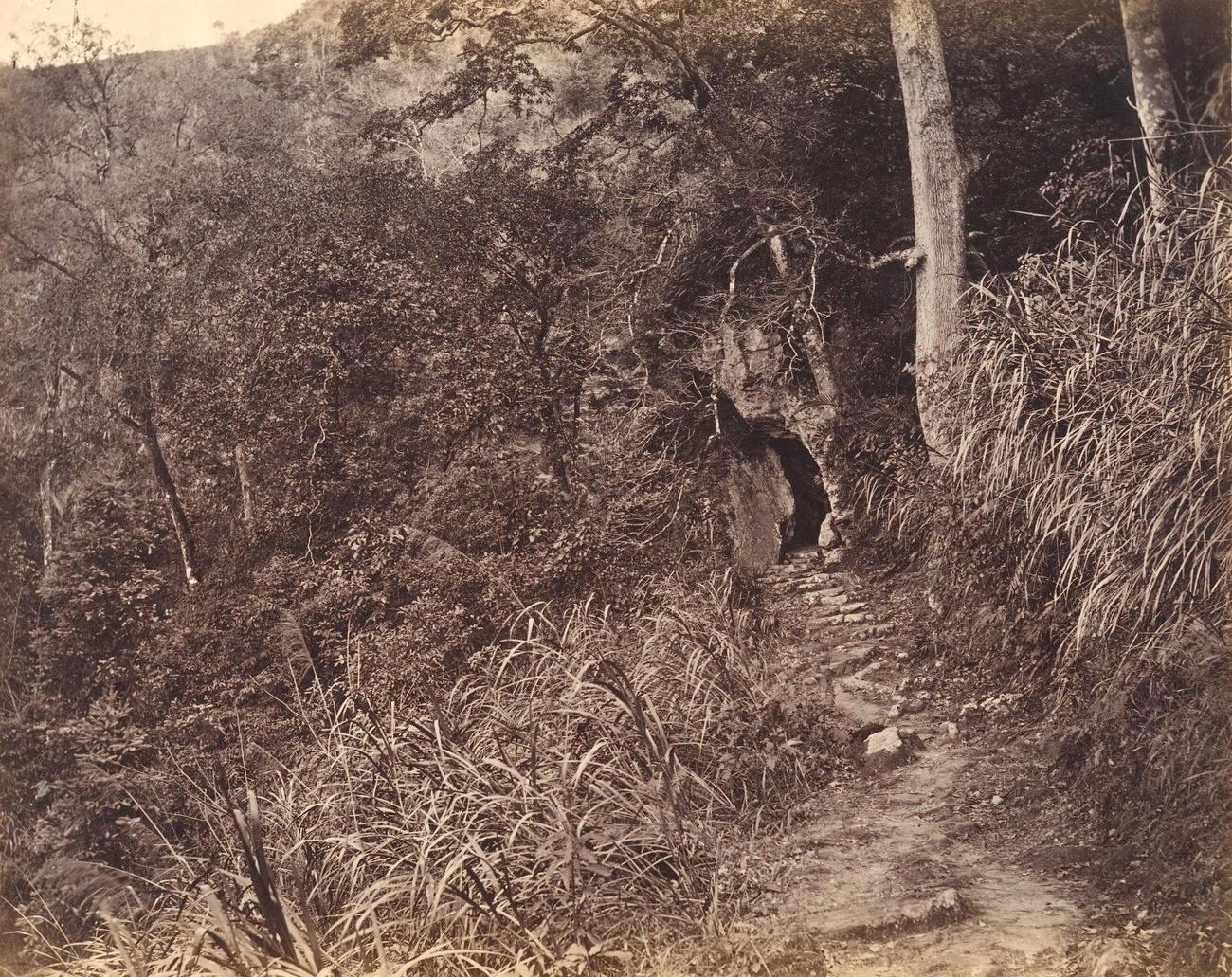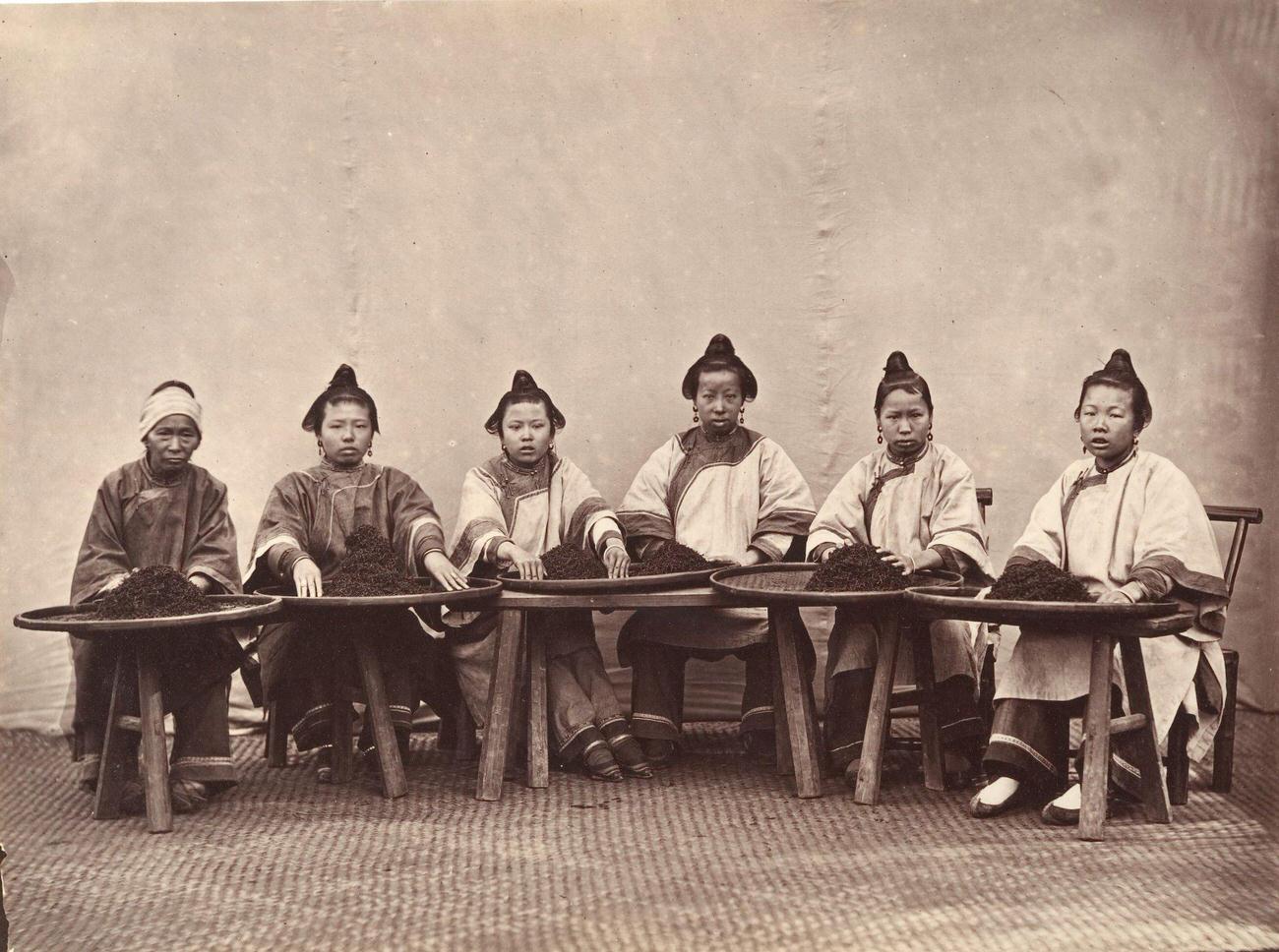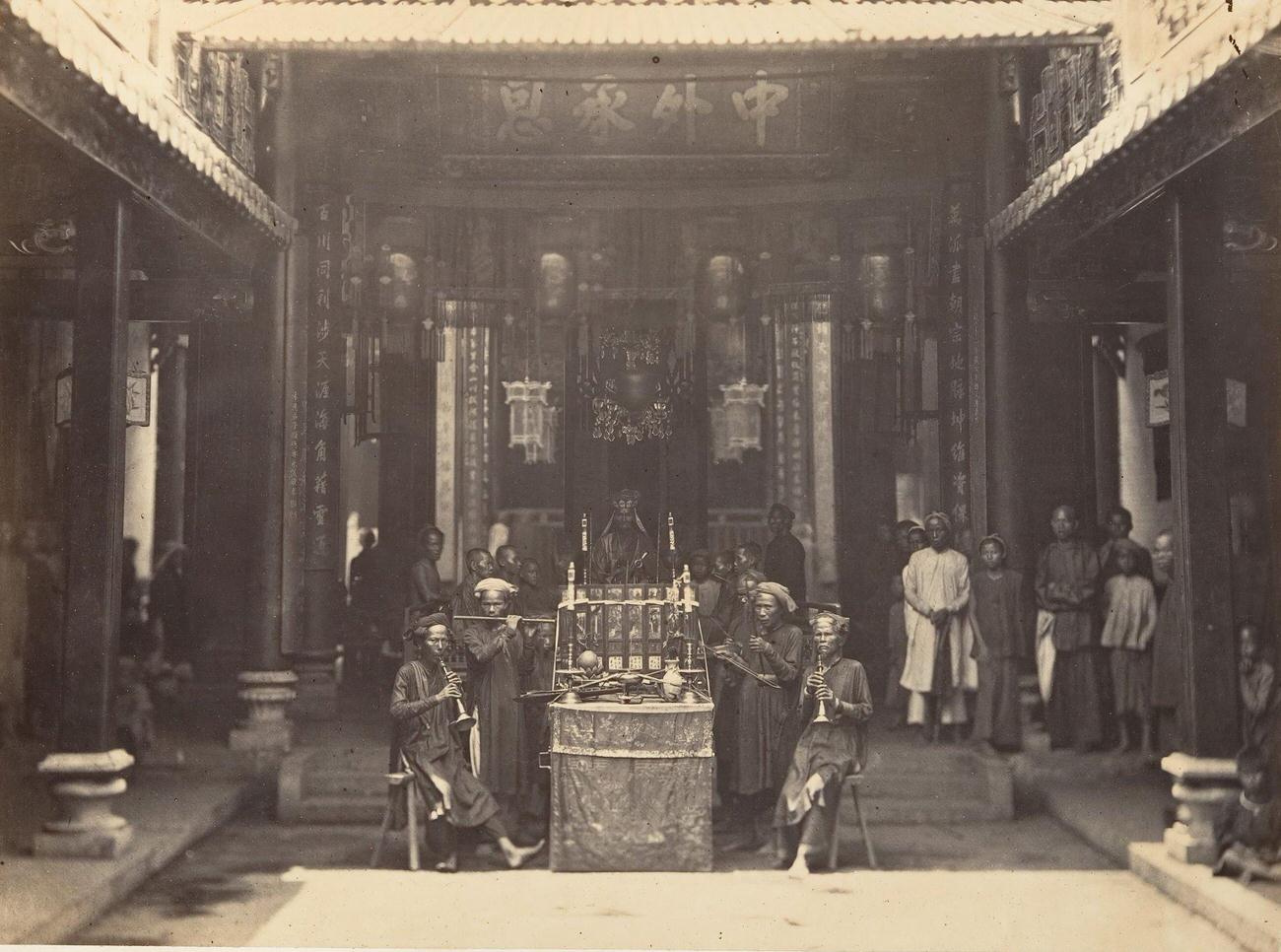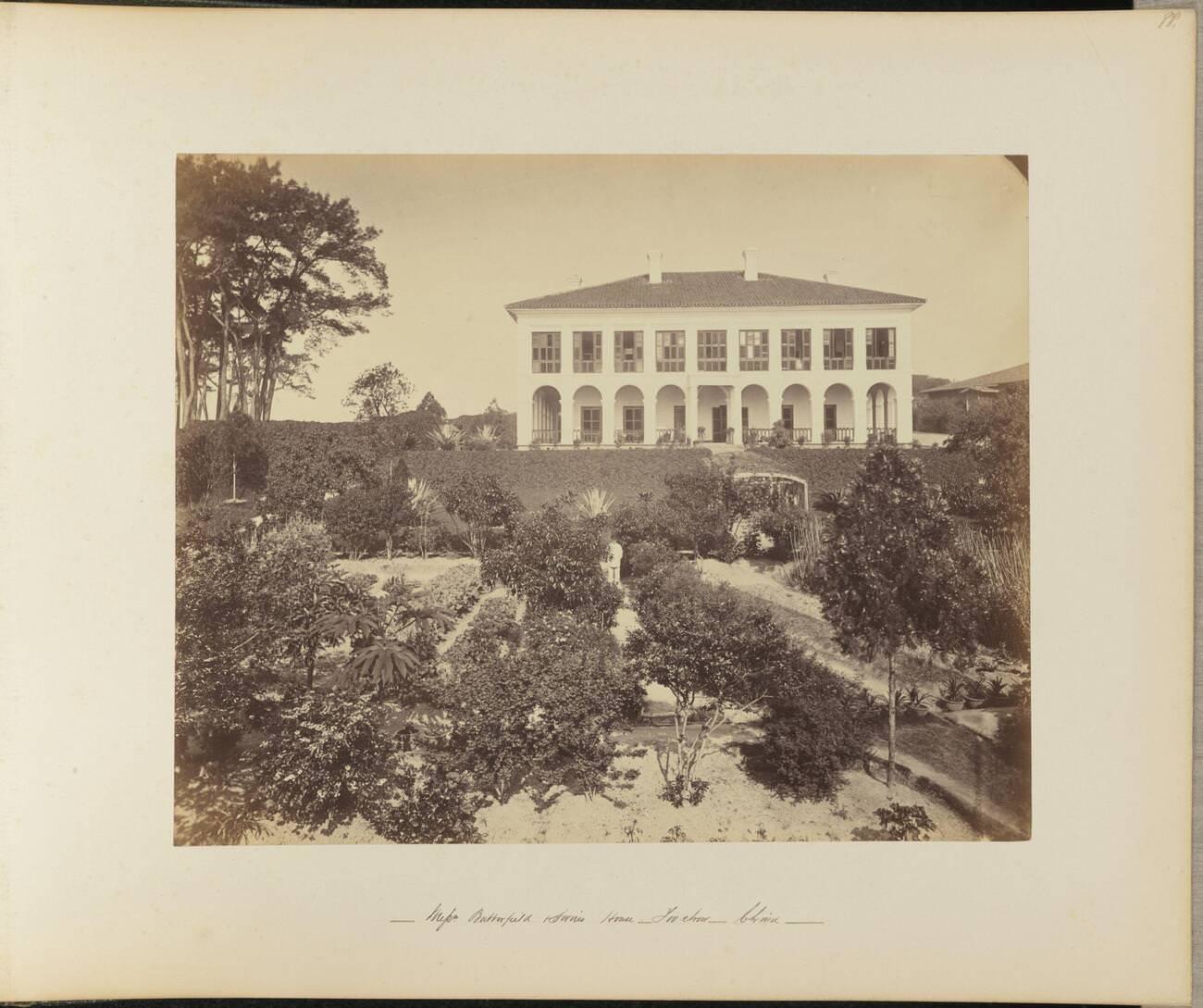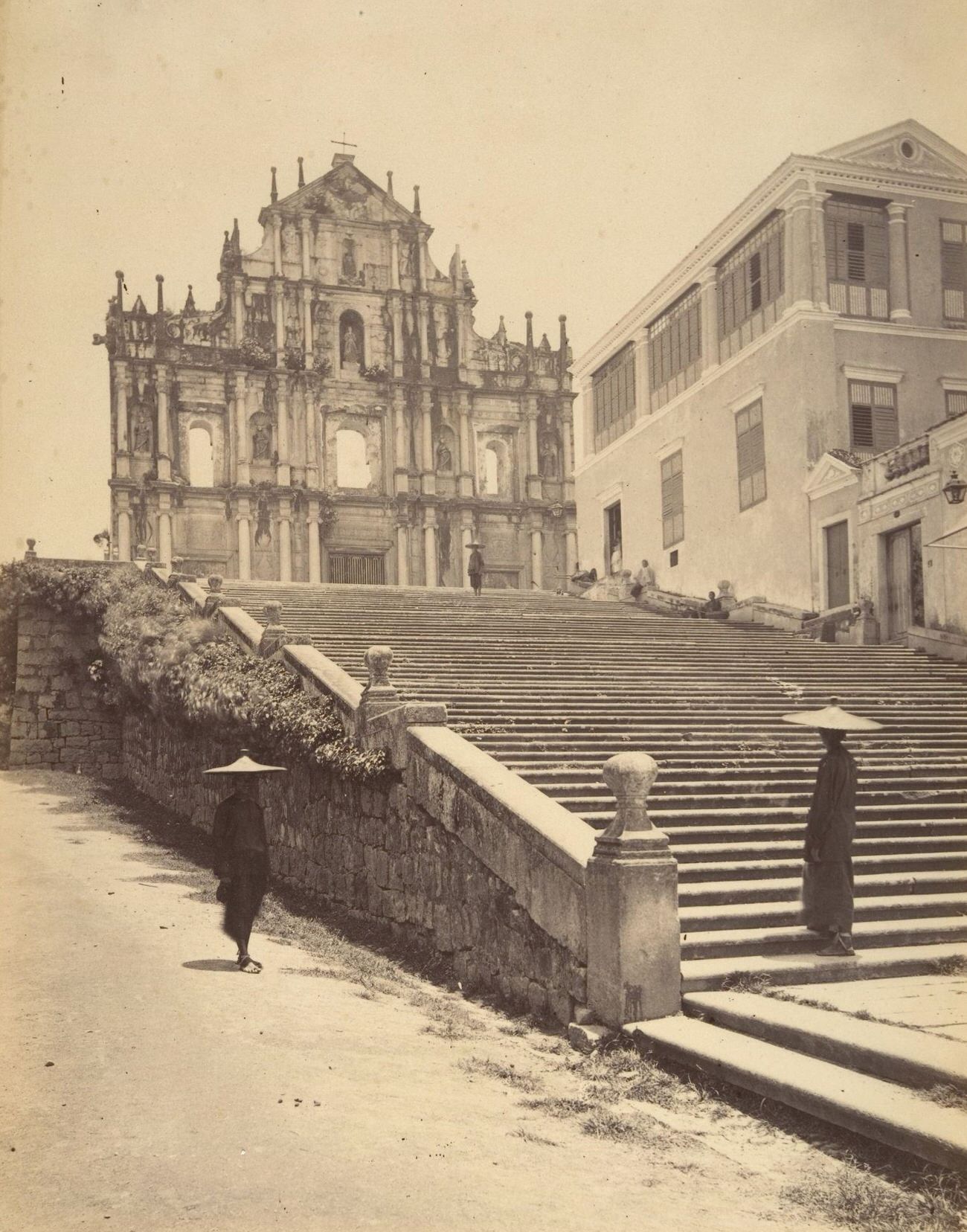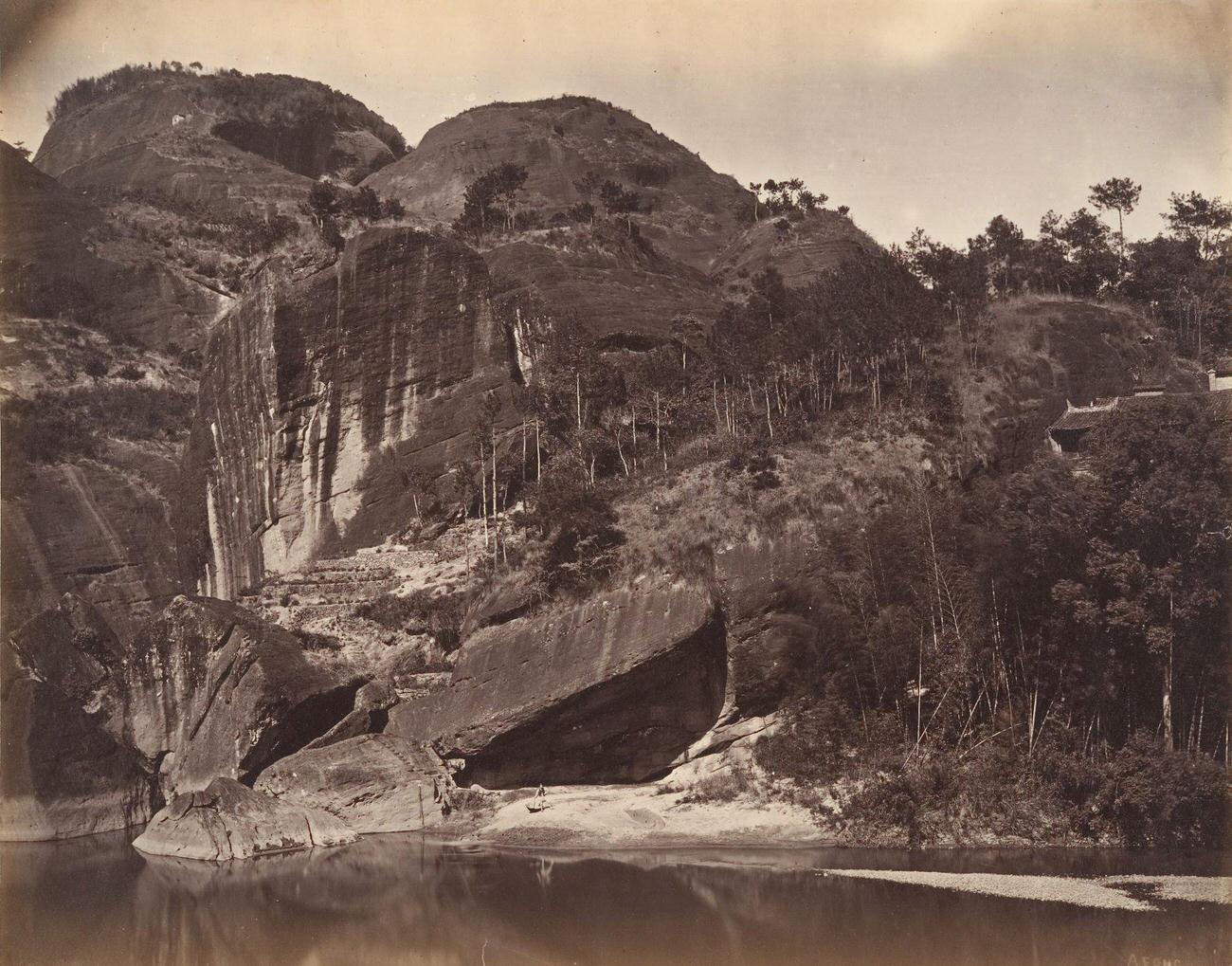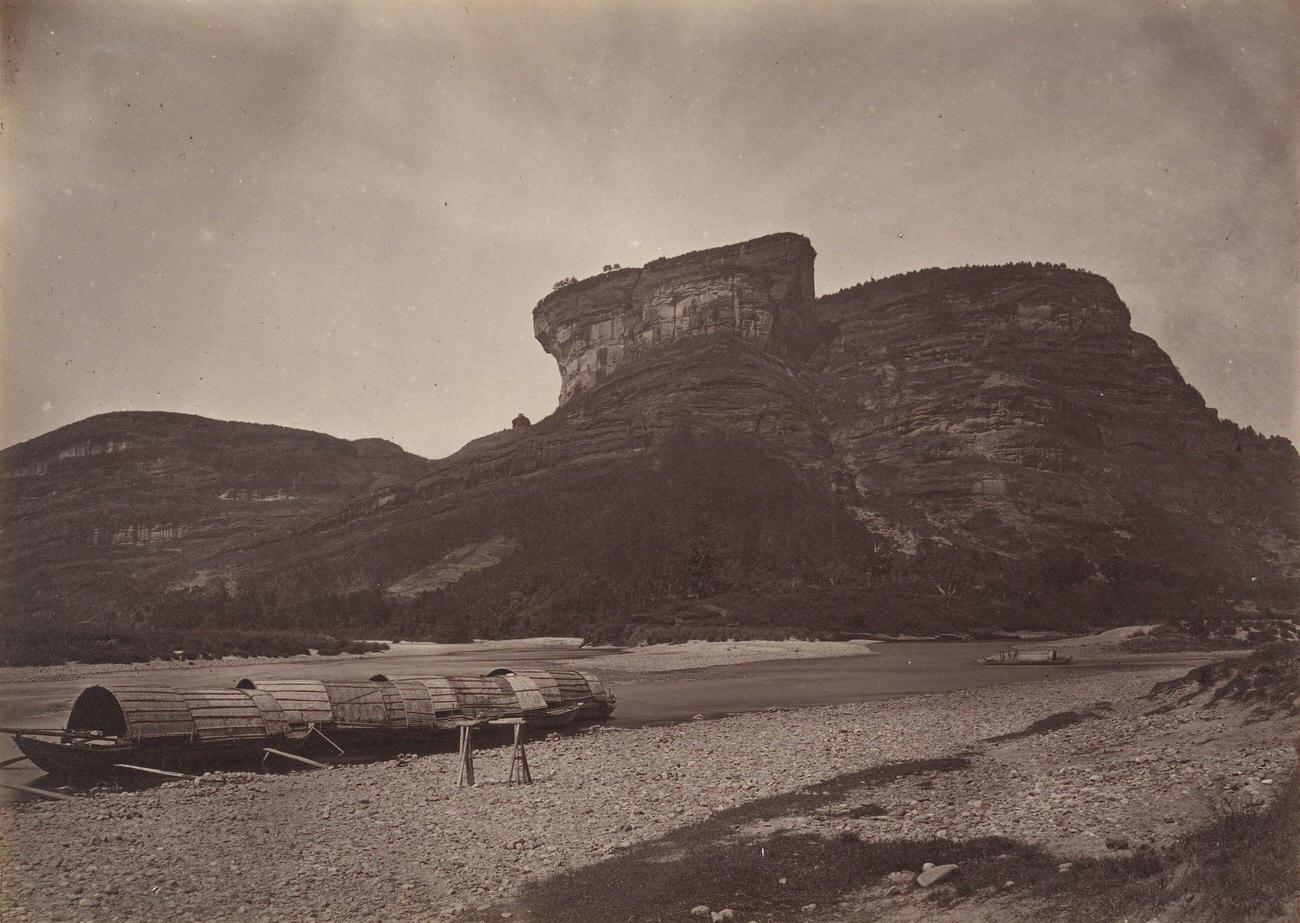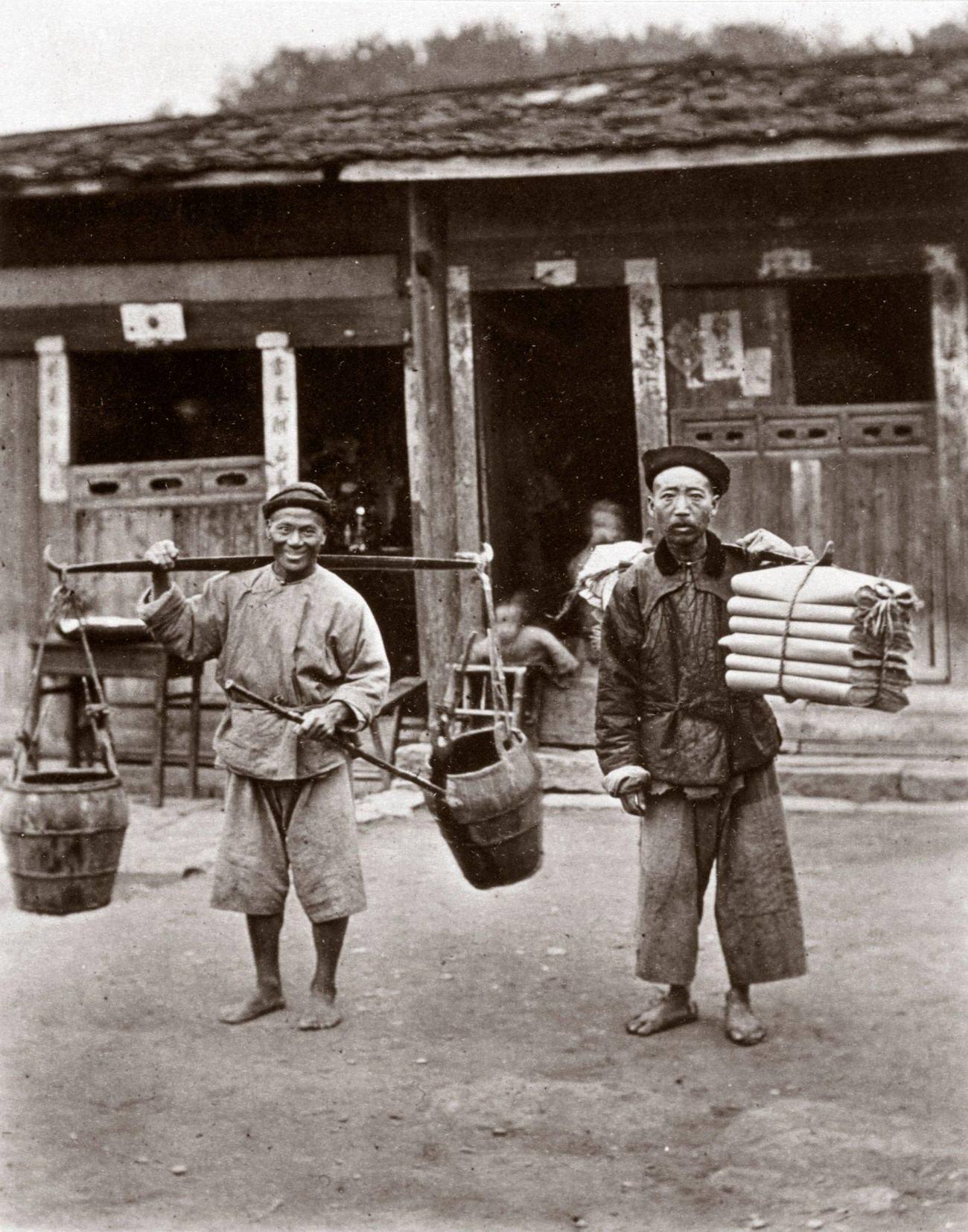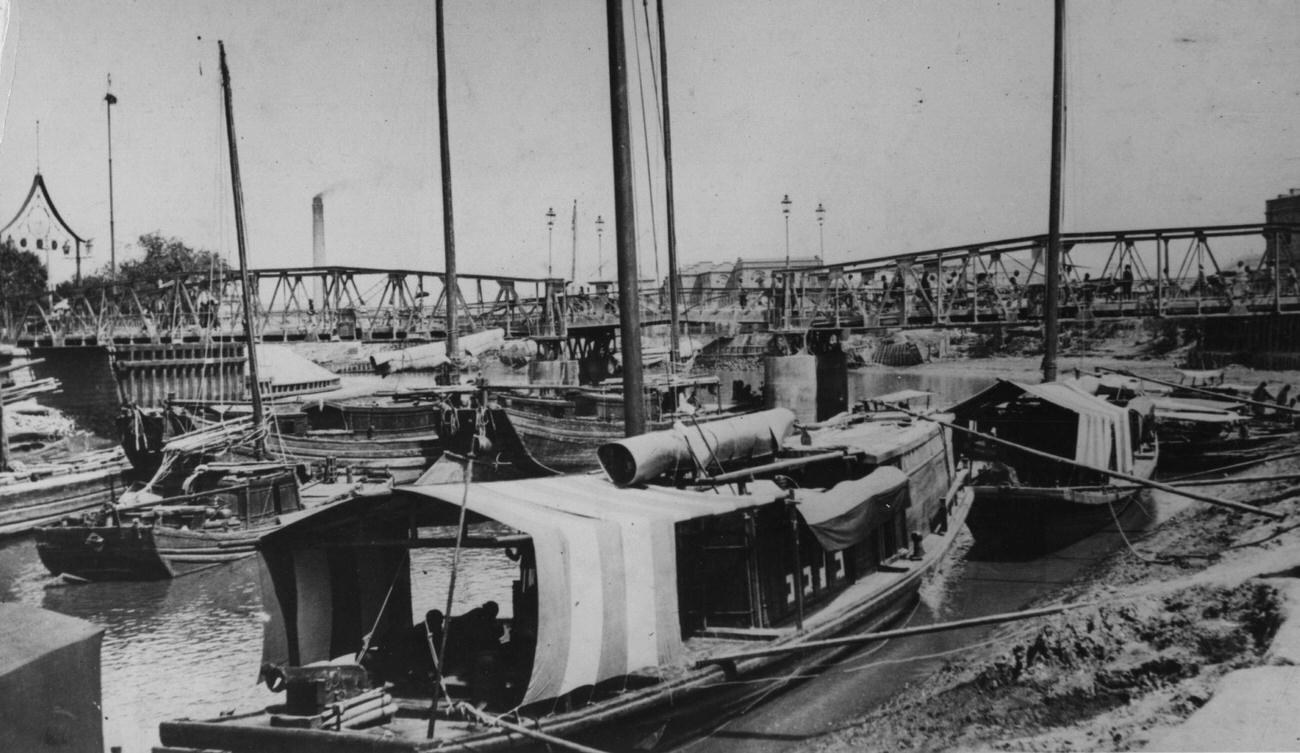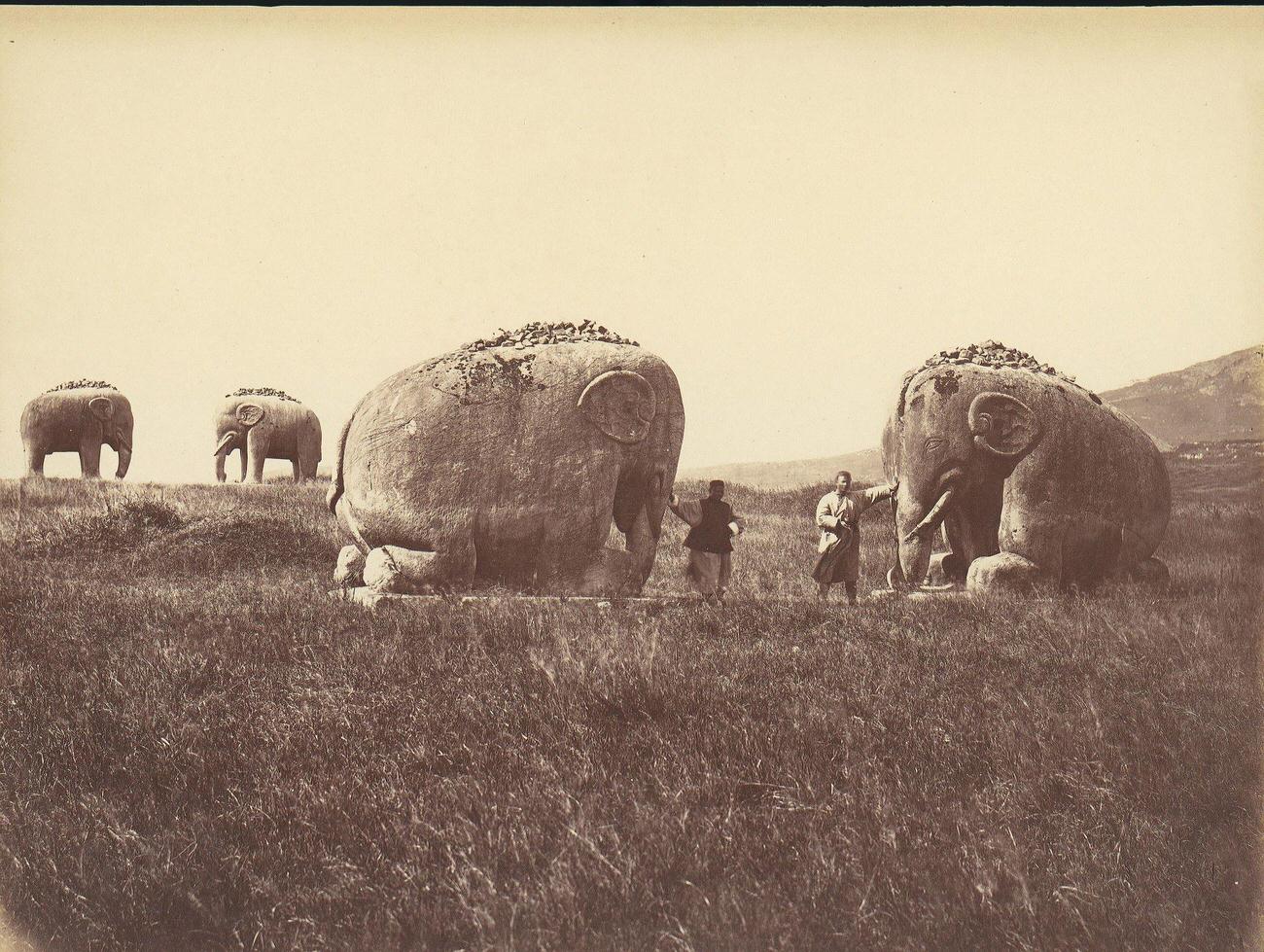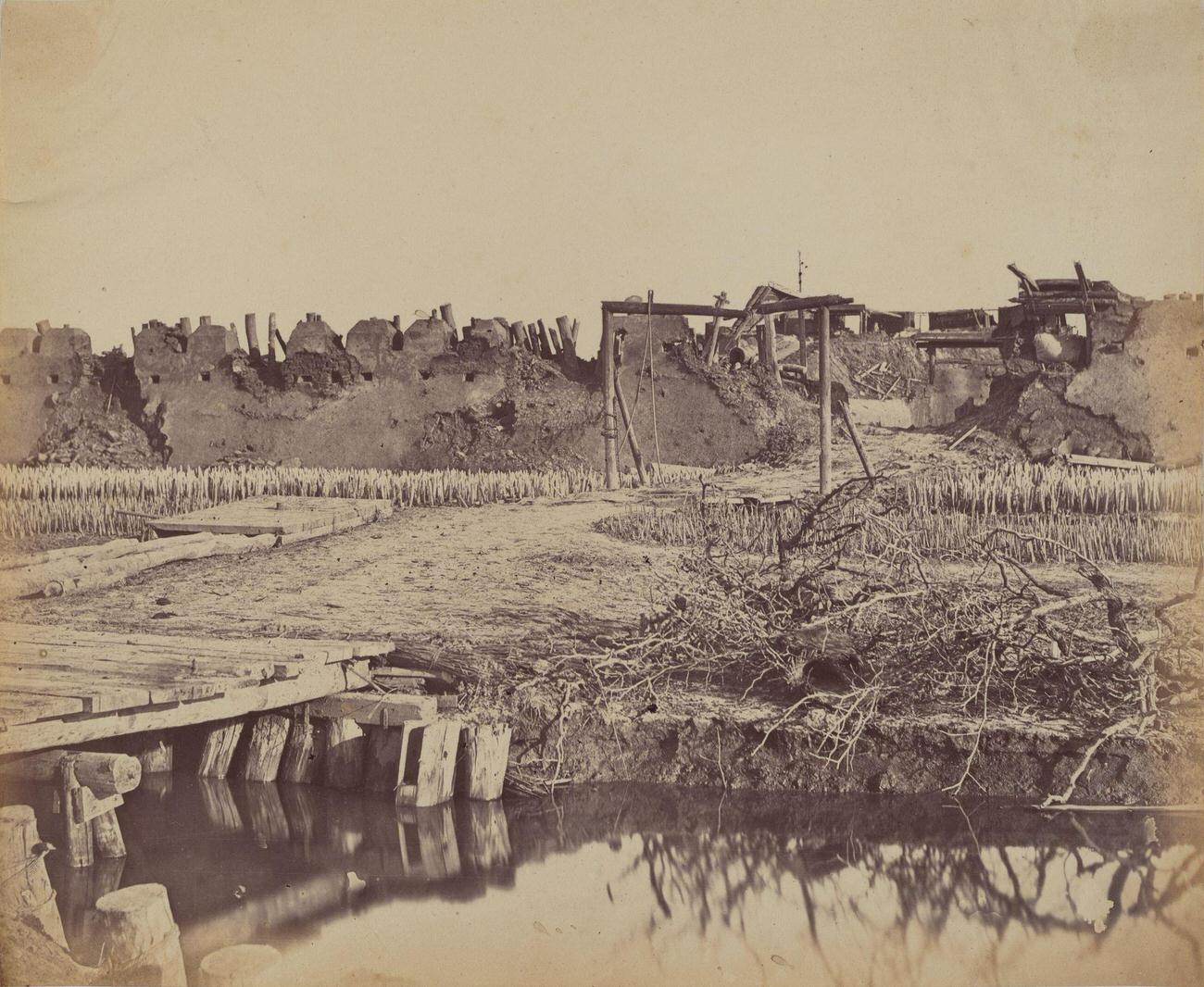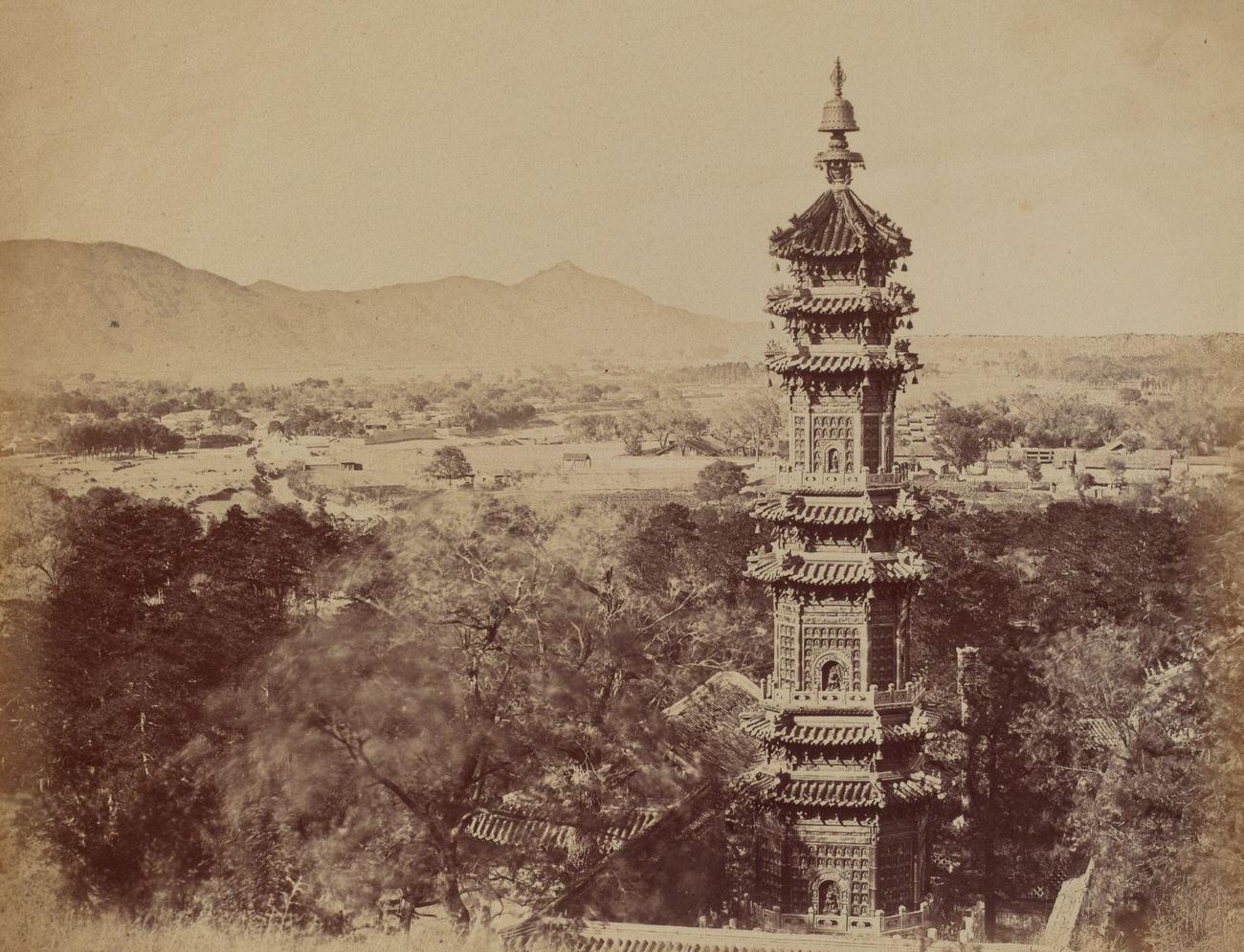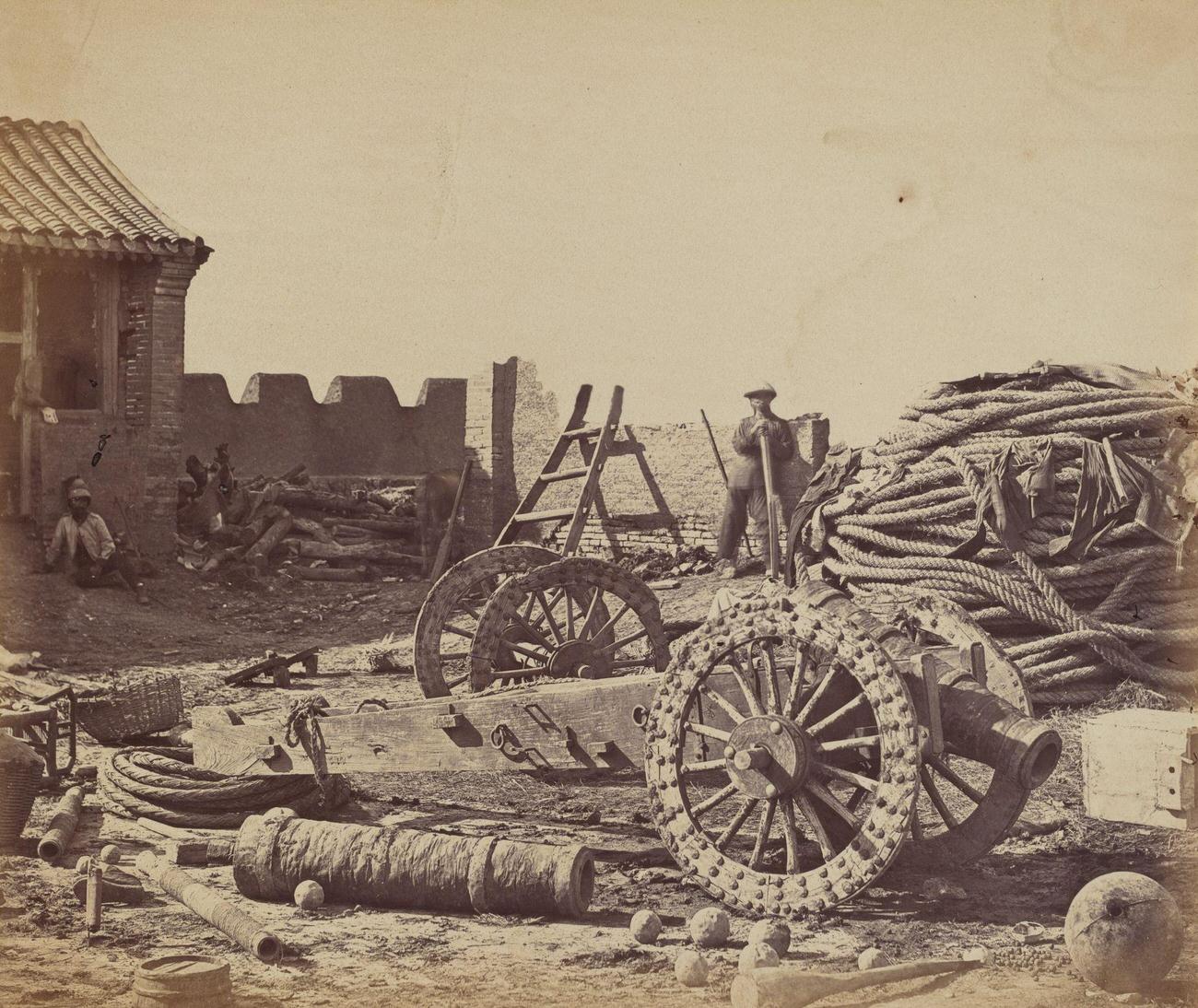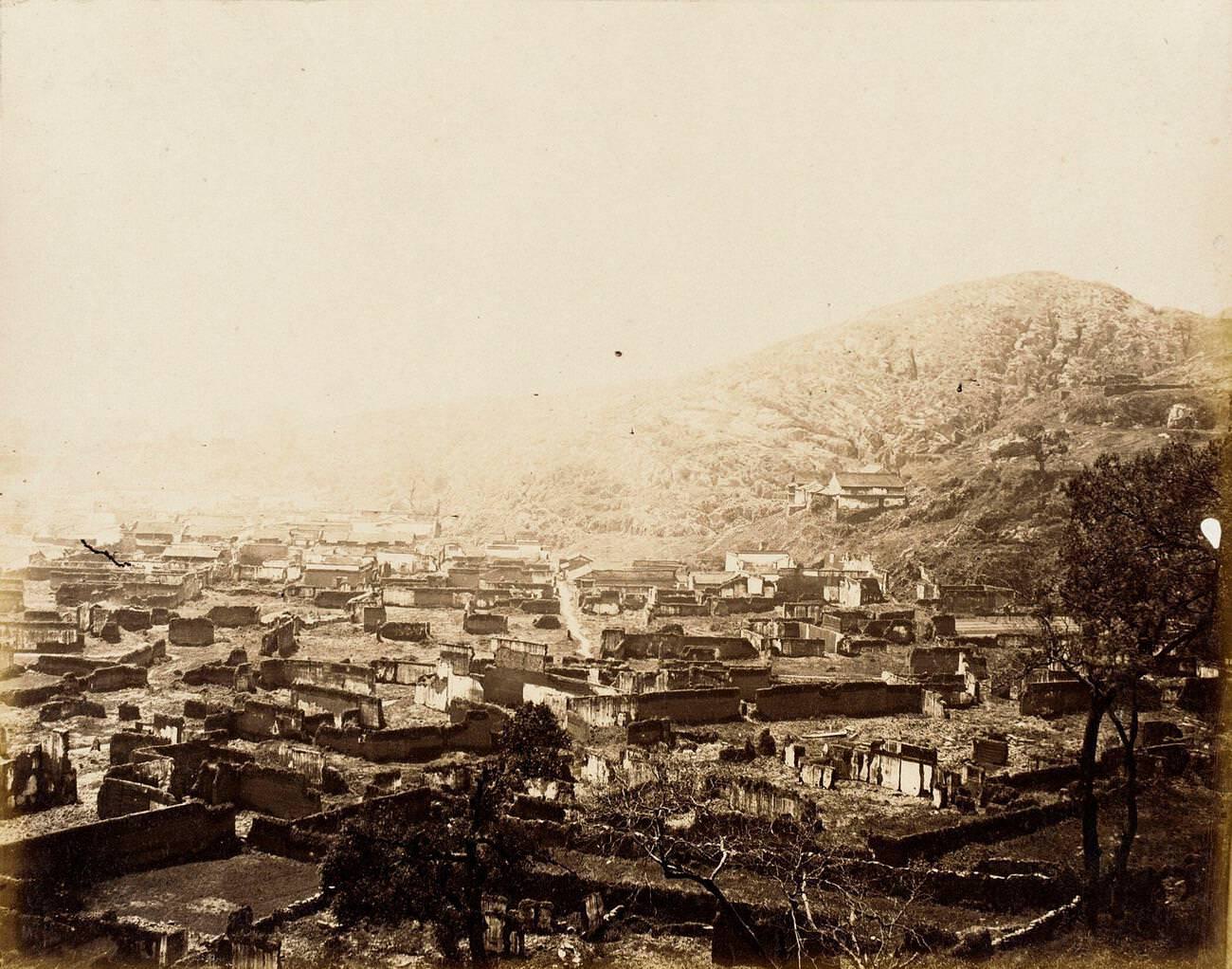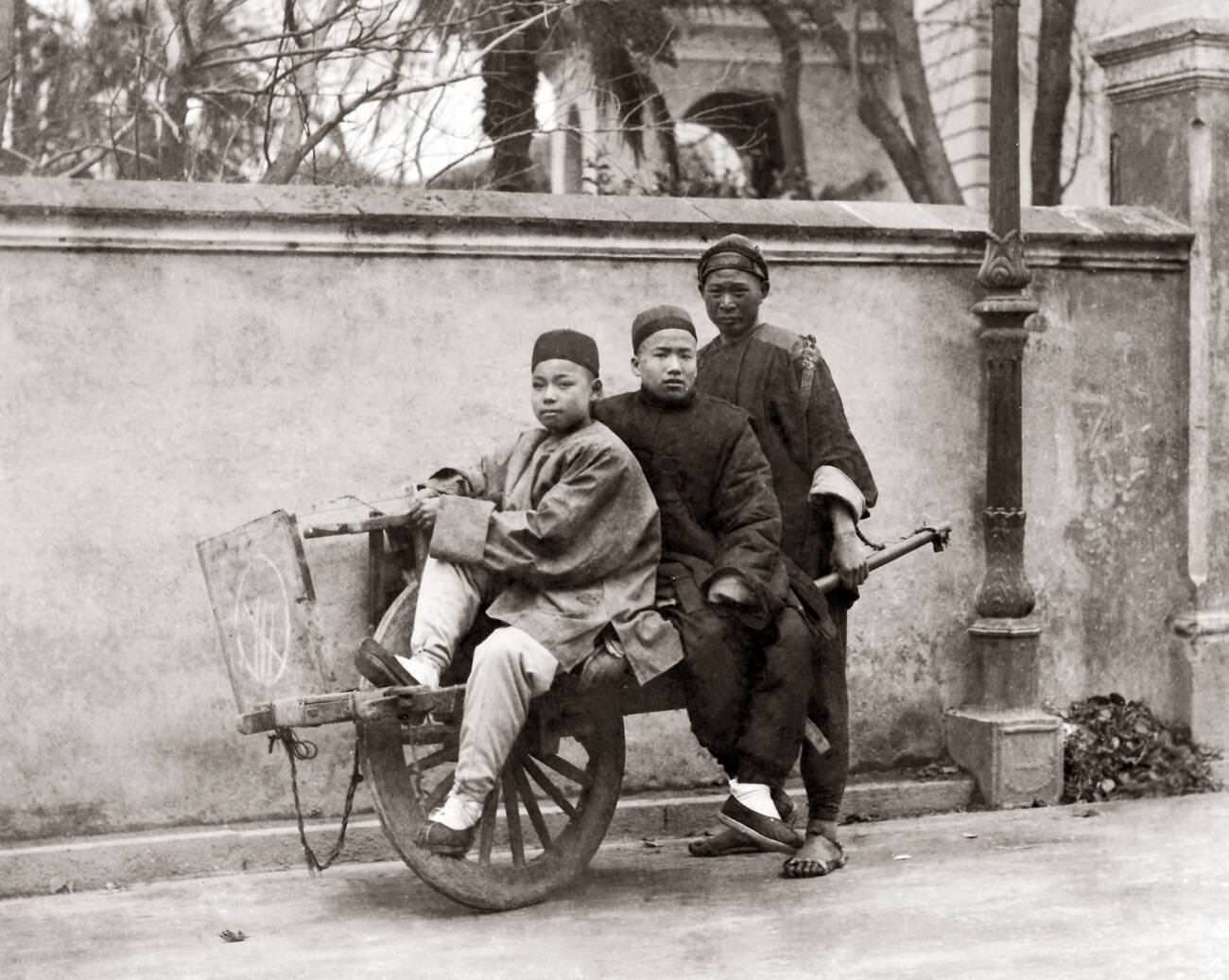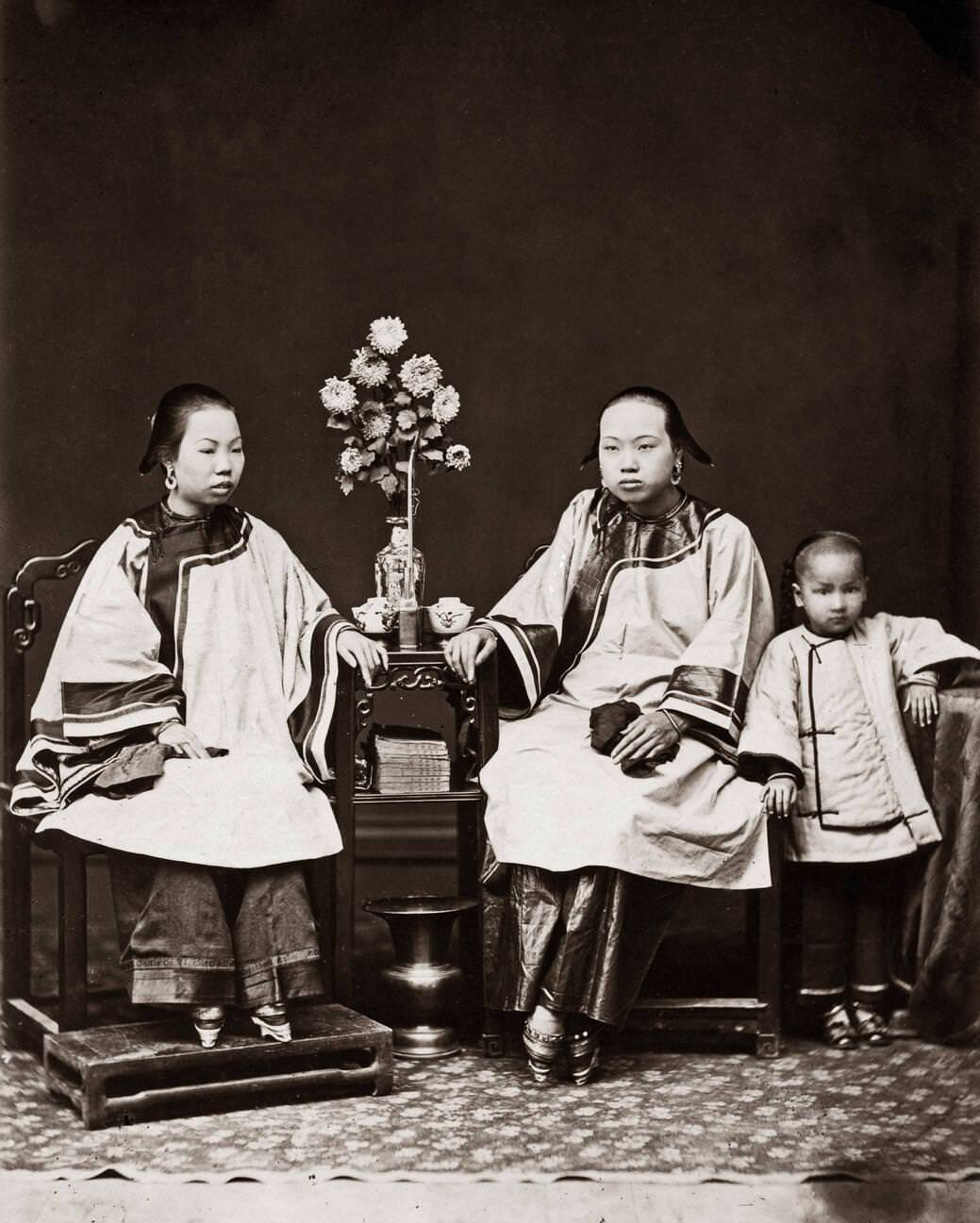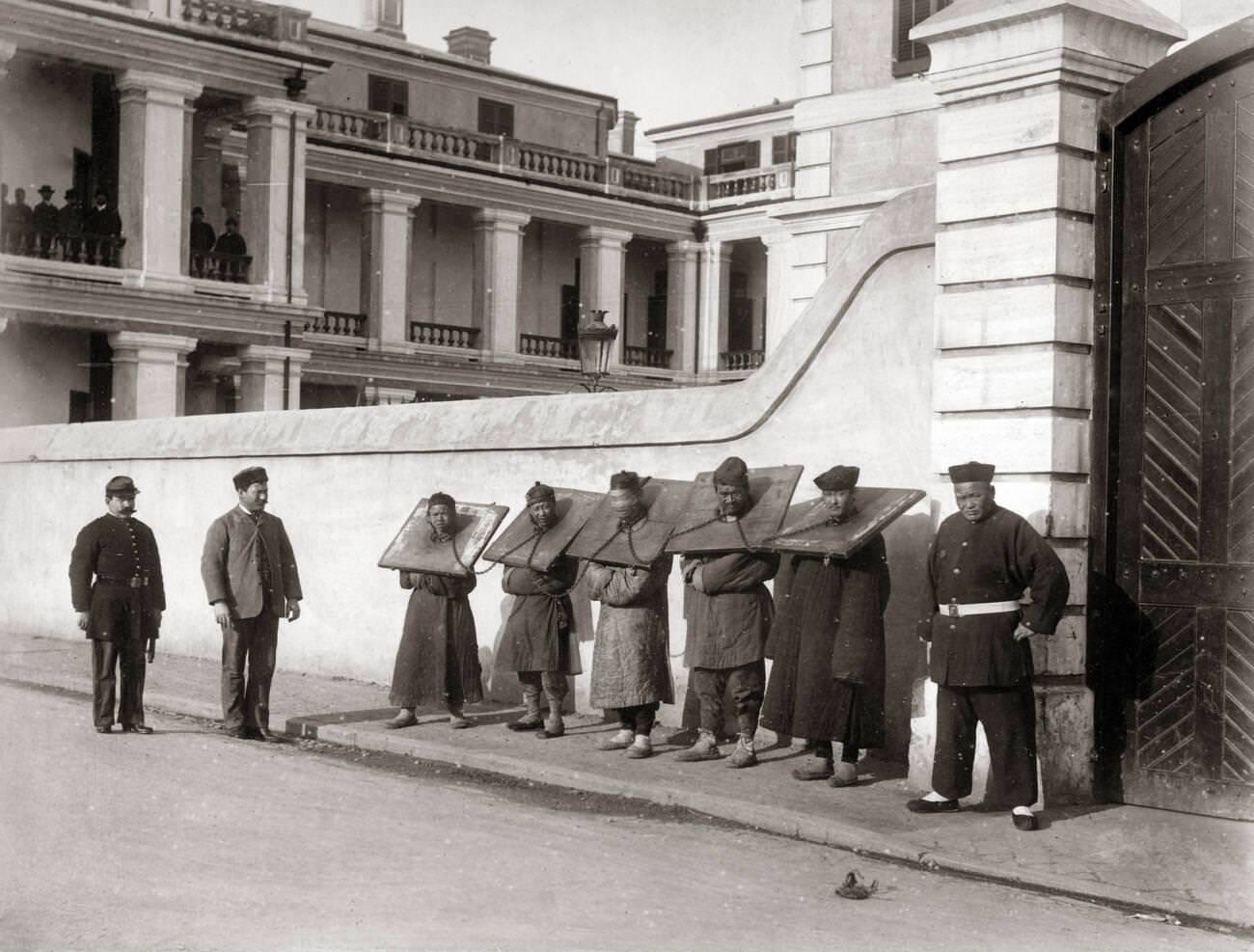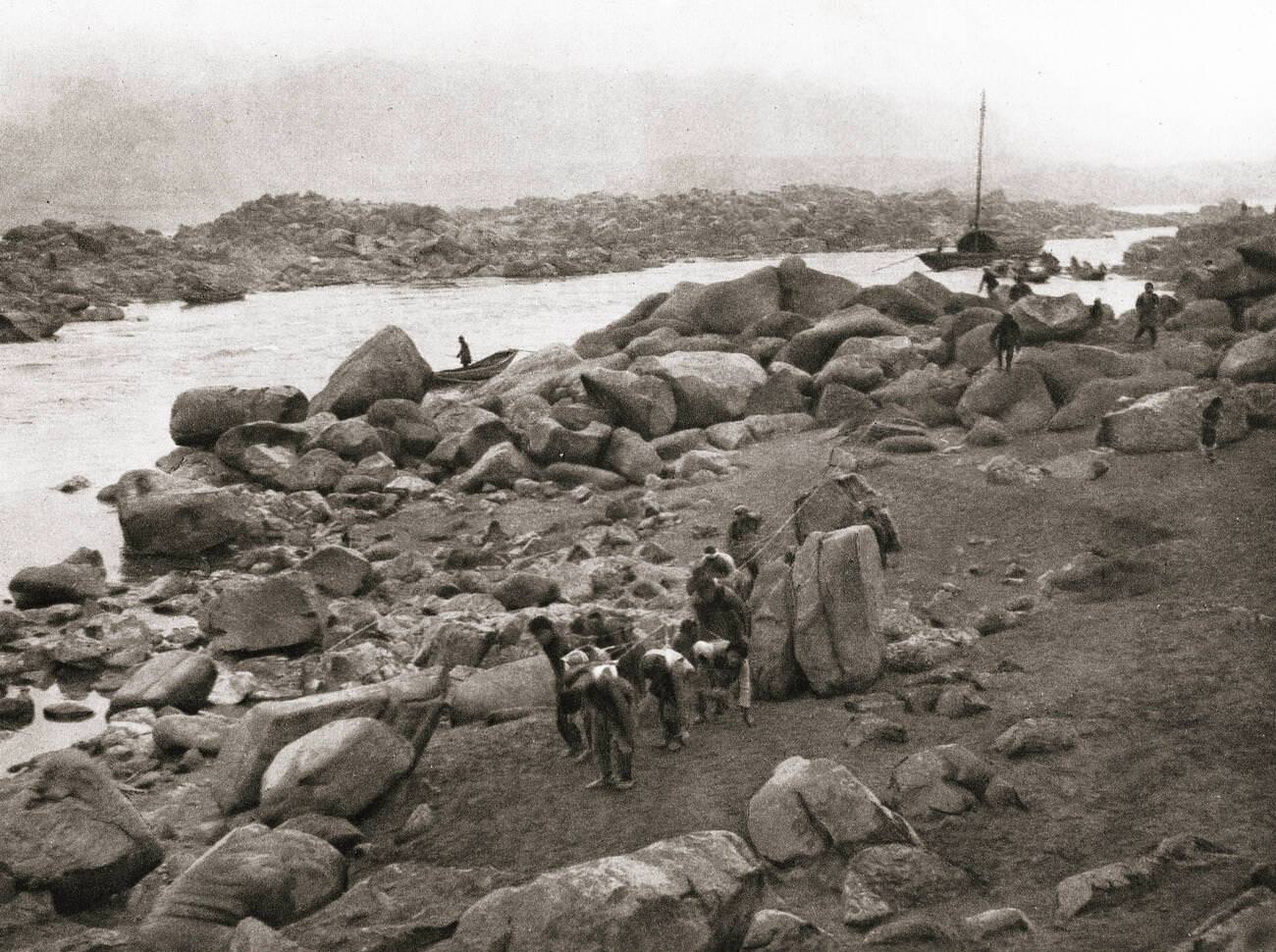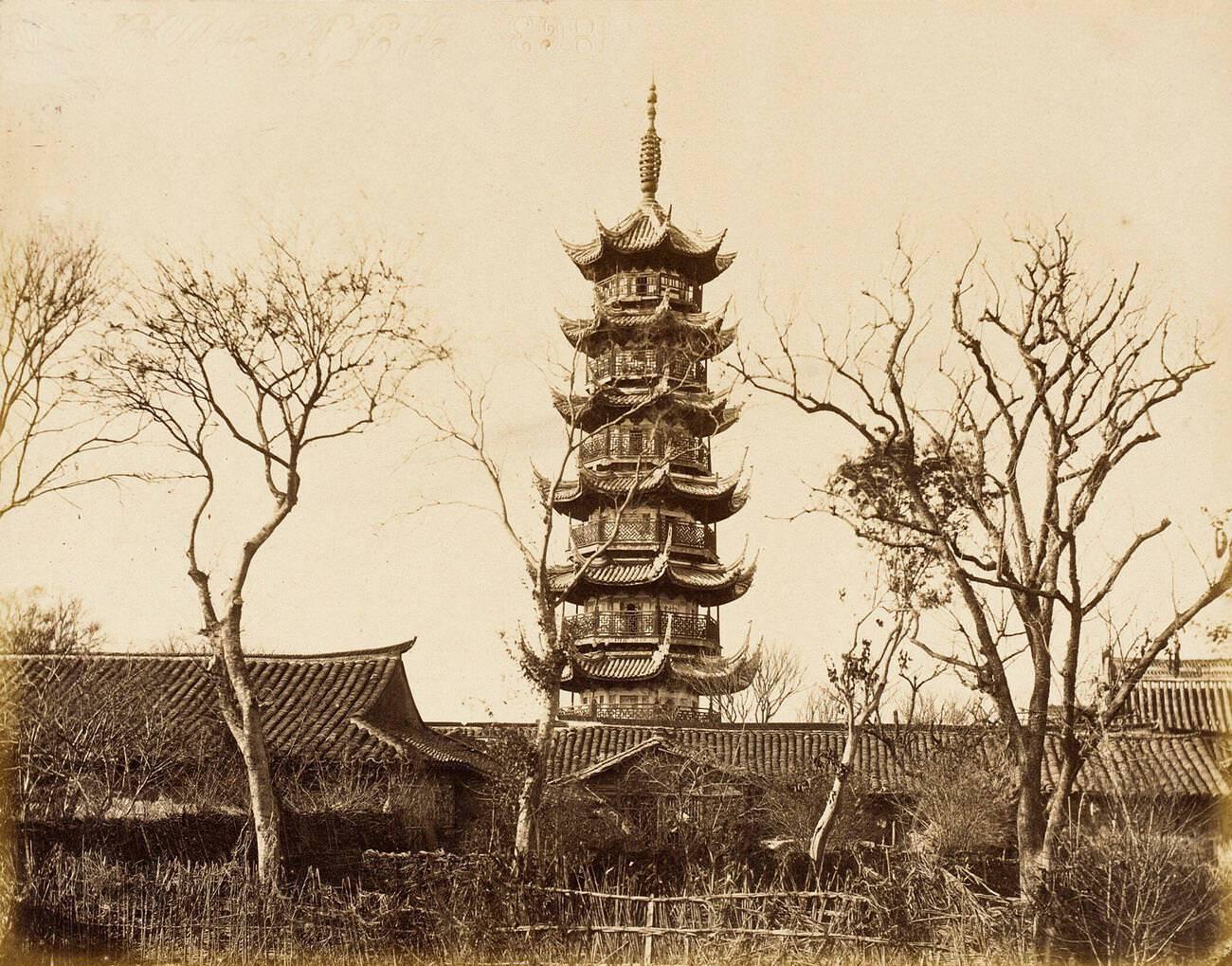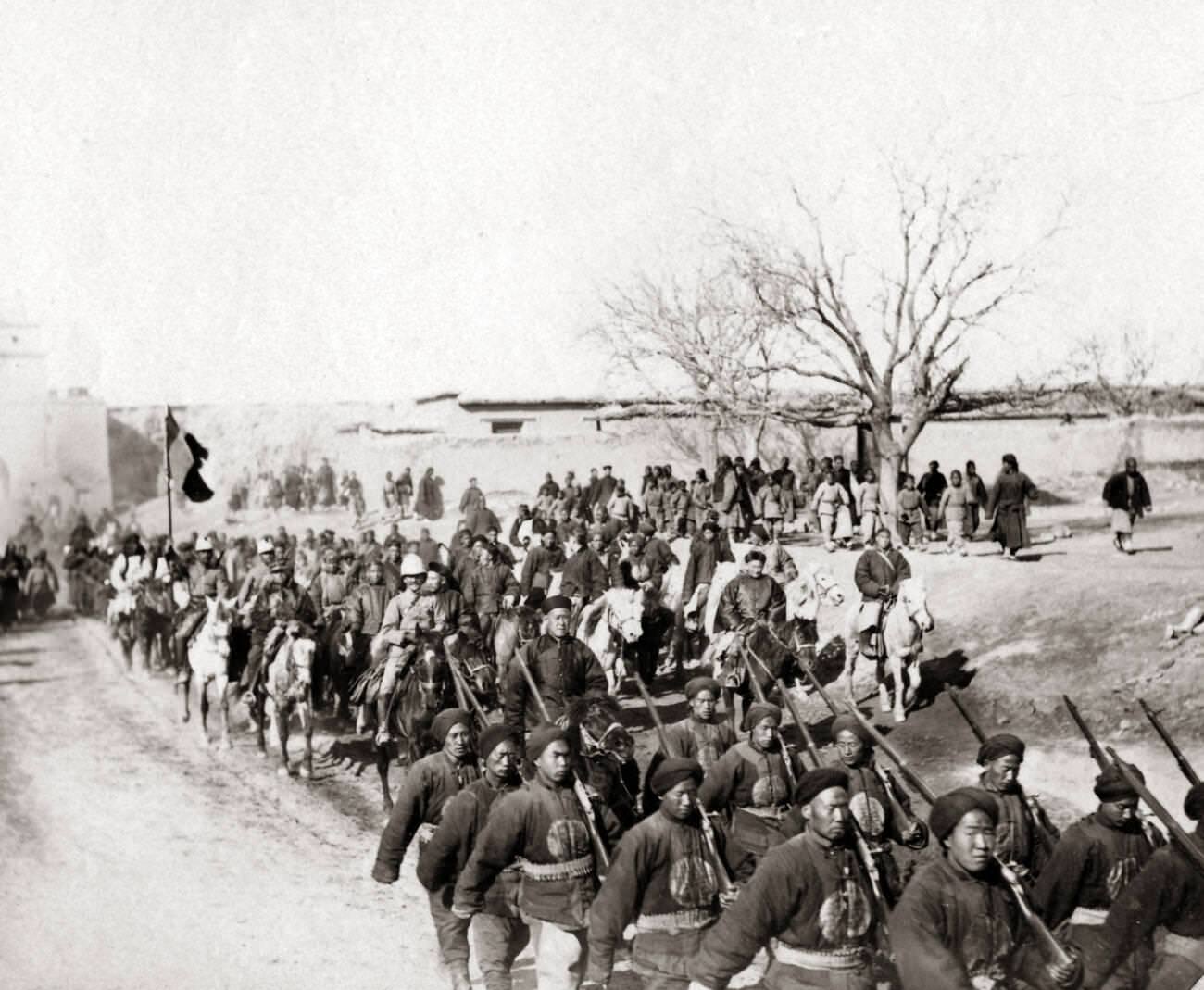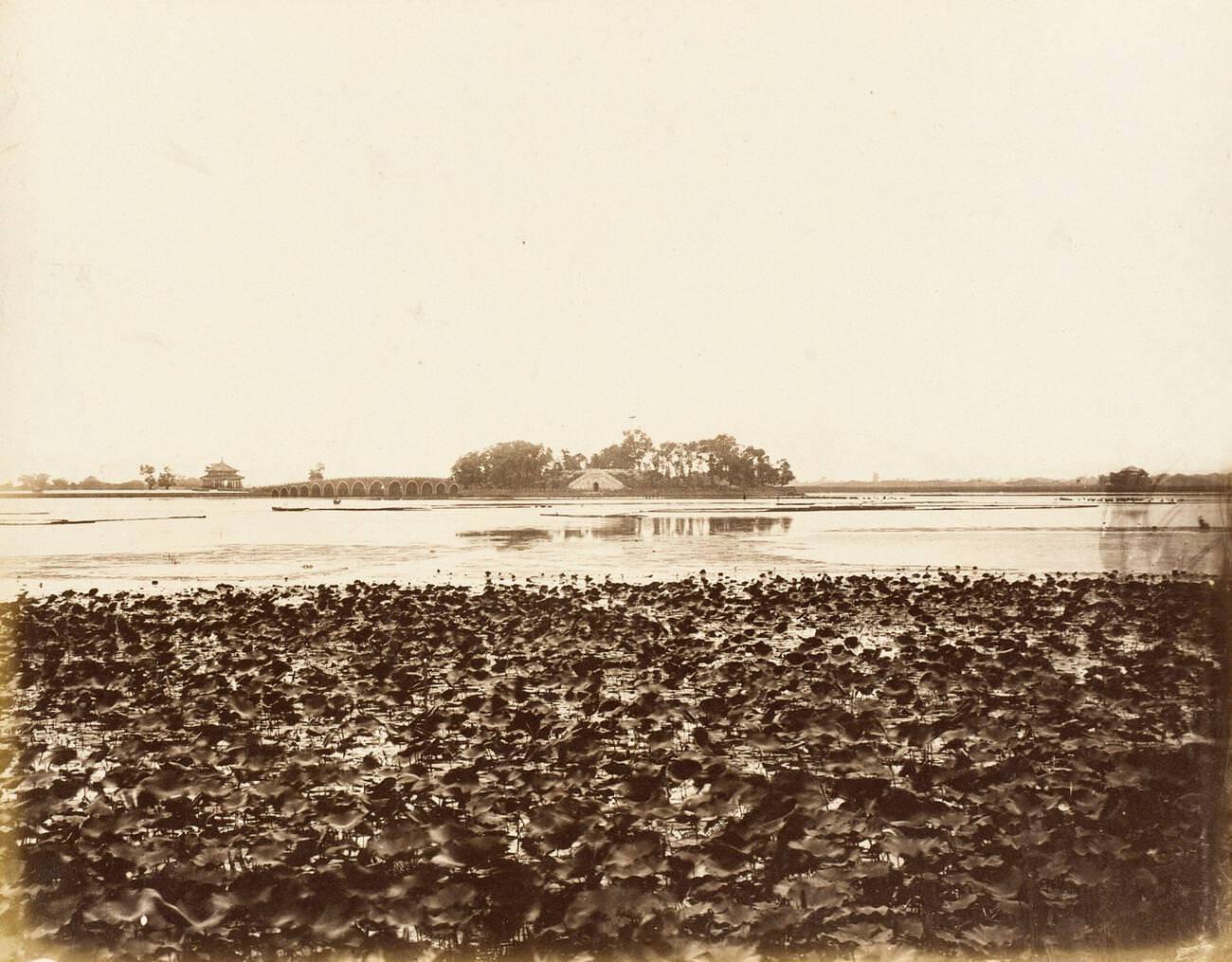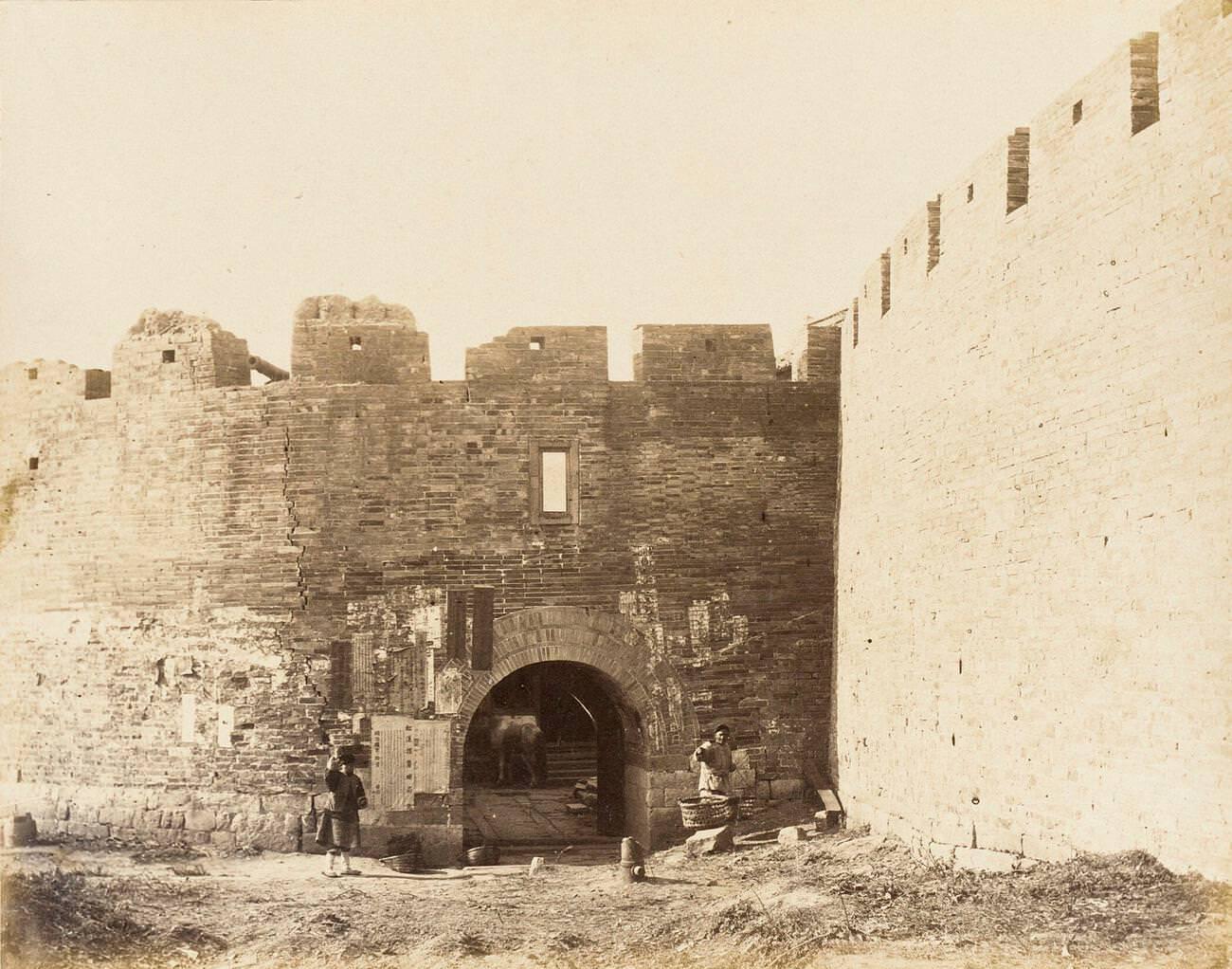The 1860s were a time of great change and transformation for China. During this decade, the Taiping Rebellion, a huge and destructive civil war, continued, and the country was also dealing with the effects of the Second Opium War. This period was marked by a lot of conflict inside the country and pressure from other countries, which had a big impact on the Qing Dynasty.
Qing Dynasty’s Struggle for Survival
The Qing Dynasty, predominantly Manchu-led, faced its greatest existential threat from the Taiping Rebellion. The imperial response was initially ineffective due to a lack of a strong, centralized army. However, the tide turned when the Qing court started relying on regional leaders. Key figures like Zeng Guofan, who organized the Xiang Army, and Li Hongzhang, who led the Huai Army, played pivotal roles. These armies were largely composed of Han Chinese and were more effectively managed than the traditional banner forces of the Qing military.
This period also saw the rise of the “Self-Strengthening Movement,” although in its infancy. Certain Qing officials recognized the need to adopt Western military technology and methods to strengthen China’s defenses, setting the stage for later reforms.
The Second Opium War and Its Aftermath
The Second Opium War (1856-1860), fought primarily between the Qing Dynasty and the British Empire, alongside the French, further weakened China’s international position. The war ended with the Treaty of Tianjin (1858) and the Convention of Peking (1860). These agreements imposed more “unequal treaties” on China, including the cession of the Kowloon Peninsula to Britain, the opening of several new ports to foreign trade, the legalization of the opium trade, and the establishment of foreign embassies in Beijing. The humiliation suffered by the Qing Dynasty at the hands of Western powers exacerbated internal dissatisfaction and unrest.
The Economic and Social Toll
The dual impact of the Taiping Rebellion and the aftermath of the Second Opium War had a catastrophic effect on China’s economy and society. The agricultural heartlands, especially in the Yangtze River Valley, faced extensive destruction, leading to famines and a significant decline in agricultural productivity. The social order was disrupted, with millions of lives lost and many more displaced.
Traditional social structures were also challenged. The Taiping Rebellion, with its radical ideas, briefly upended the Confucian social hierarchy and gender roles, though these changes were largely reversed after the rebellion’s suppression.
The 1860s in China were not just a period of military and political upheaval but also of intellectual ferment. The failure of the Qing government to defend the country and the evident technological superiority of the West led to introspection among Chinese scholars. While some clung to traditional Confucian values, others, influenced by the incipient Self-Strengthening Movement, began advocating for the adoption of Western technology and military reforms while maintaining Chinese cultural and political foundations.





